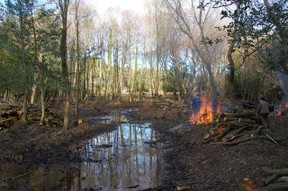 There are nine stories in Edward Rutherfurd's The Forest. The preface takes us on a plane ride over the whole terrain, noting places of interest, which we know we'll soon recognize with an old familiarity.
There are nine stories in Edward Rutherfurd's The Forest. The preface takes us on a plane ride over the whole terrain, noting places of interest, which we know we'll soon recognize with an old familiarity.
The final tale takes us from the moment that plane touches down in 2000. By then, we certainly do know all about it.
There's a quiet sense of superiority, as we now know more than the lady flying in it. We could practically be her tour guide; which is a bit of a shame in context. Seven wonderful novellas in the middle have brought us to this place.
The Hunt: A generation after the Norman Conquest, it really does matter whether you are Celtic, Saxon or Norman in the New Forest. Adela de la Roche is the French speaking noblewoman learning this the hard way.
She has to find a husband and fast, in order to have any influence at all over her future. While the Celts can be disdained (they could be hanged, or lose a limb in retributive amputation, at a word from her), the dispossessed son of a Saxon earl looks very attractive. But then so does that powerful, land-owning (and married) Norman baron. The latter is the favored prospect.
It sounds like a romance, and it could be read as such, but personally I was gripped more by the issues of ethnicity in the Forest.
Beaulieu: Cisterian monks have formed an Order in the southern part of the Forest. It's now 1294 and parts of the ancient woodland, river banks and plains have been transformed into granges. Local people can find work there, tending the sheep, fishing, working in the fields or chopping down timber.
But there are temptations beyond the monastic serenity and routine for certain monks; and that can only lead to trouble.
Lymington: Apparently a dragon has been seen, and quite recently, out in the village of Burley. It's enough to have two young Lymington boys set out on the expedition of a life-time. Meanwhile their fathers are at the center of a village wide gambling frenzy. Who is right about the speed of ships across to the Isle of Wight? Calculating, rational Totton or Seagull, the best sailor on those shores?
It's like Stand by Me set in 1480; with a beautiful option on the relationship between fathers and sons.



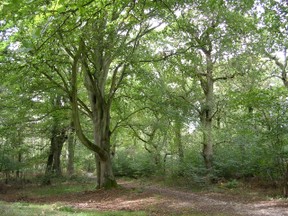 These days, I don't even need to know what the book is about. I see the name Edward Rutherfurd and I buy it. I've not been disappointed yet.
These days, I don't even need to know what the book is about. I see the name Edward Rutherfurd and I buy it. I've not been disappointed yet. There are nine stories in Edward Rutherfurd's The Forest. The preface takes us on a plane ride over the whole terrain, noting places of interest, which we know we'll soon recognize with an old familiarity.
There are nine stories in Edward Rutherfurd's The Forest. The preface takes us on a plane ride over the whole terrain, noting places of interest, which we know we'll soon recognize with an old familiarity.




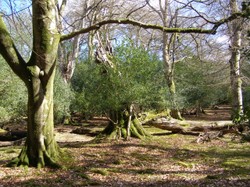

 St Tydecho's Churches in West Waleson 09/03/2014
St Tydecho's Churches in West Waleson 09/03/2014
 Goodies for an Outlander Premiere Partyon 03/06/2015
Goodies for an Outlander Premiere Partyon 03/06/2015
 Holocaust Memorial Day Interview with Rainer Höss, Grandson of Rudolf Architect of Auschwitzon 01/24/2015
Holocaust Memorial Day Interview with Rainer Höss, Grandson of Rudolf Architect of Auschwitzon 01/24/2015
 Romantic Valentine Gifts for an Outlander Fanon 01/16/2015
Romantic Valentine Gifts for an Outlander Fanon 01/16/2015

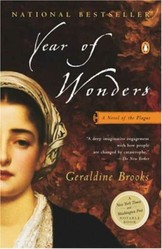
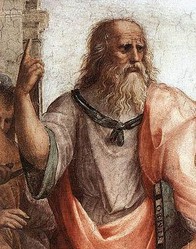
Comments
Afaceristonline - Thank you very much; and to you too.
I do thoroughly recommend it. Or indeed any books like this by him.
Sounds good. I'll be looking for this one.
In looking up the Amazon book to show, I realised that he'd written a novel about New York. That's on my list next!
Forest is a word used to mean an area of land set aside for royalty to hunt in. As that tended to mean deer, then British forests were usually about trees. But they don't have to be. The New Forest is a great example of how it can also include heathland, moors, rivers and just about everything else too.